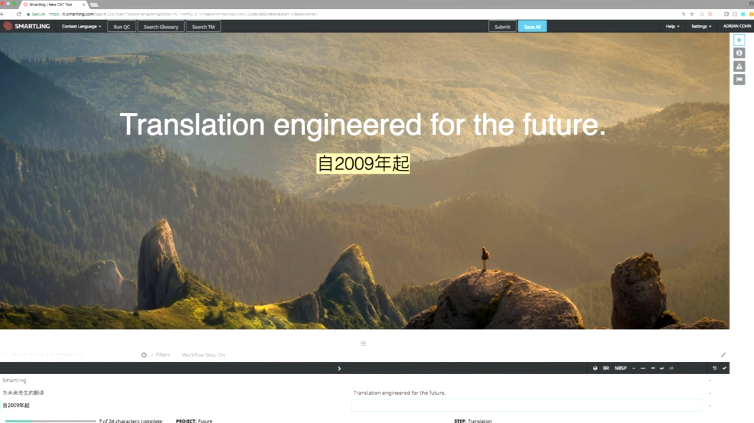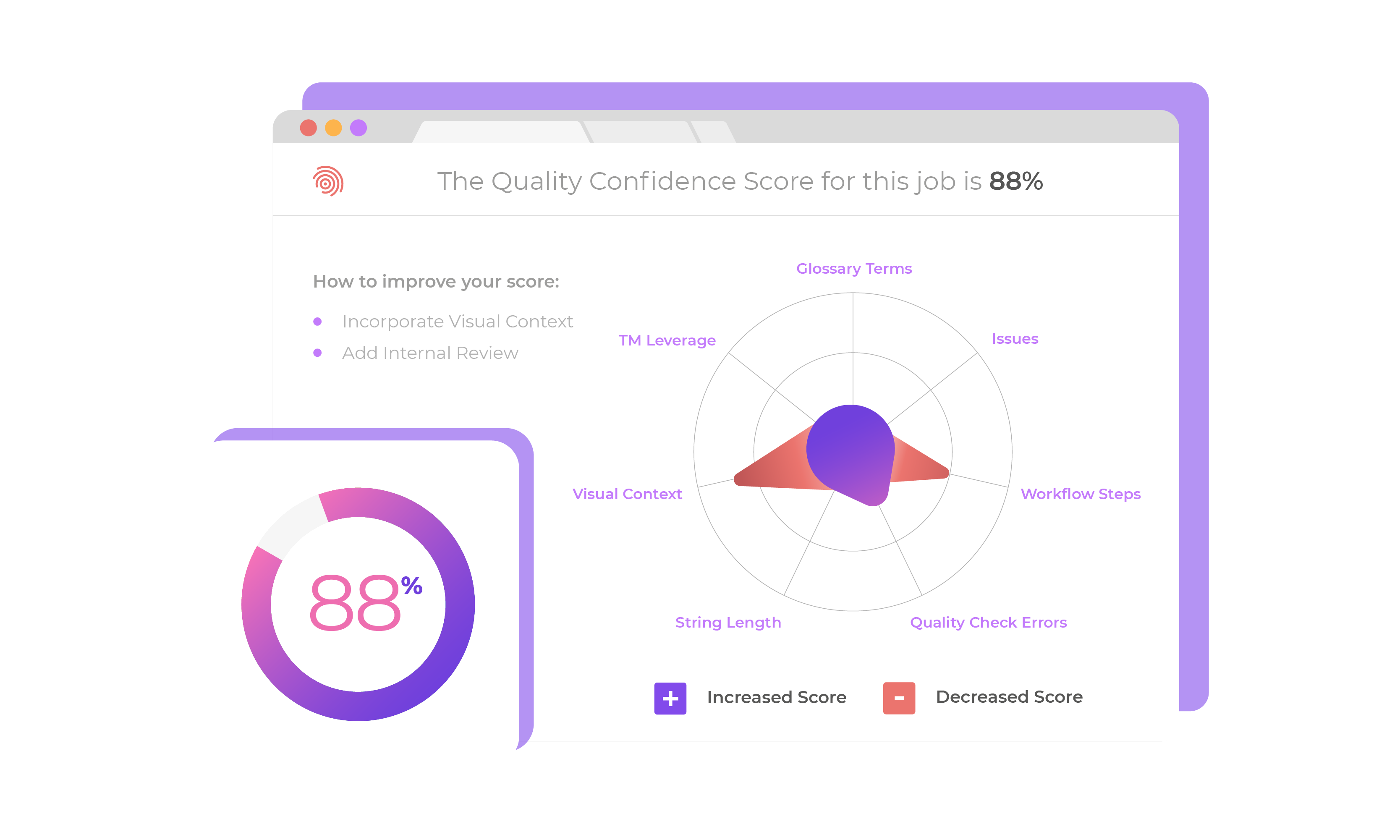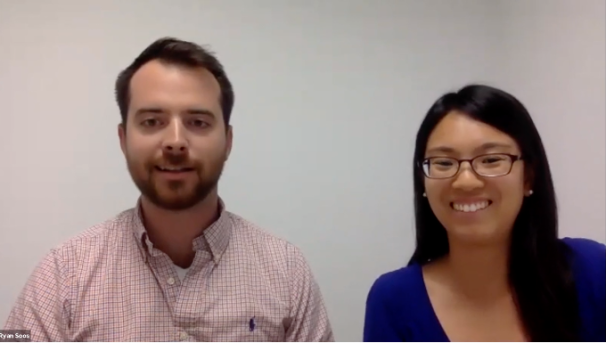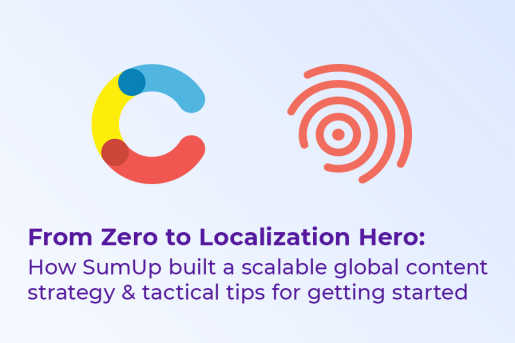Providing the best user-experience around the world has thankfully become easier than ever. Brands can localize content at a break-neck pace, and still maintain both the consistency and quality that their clients have come to expect.
By leveraging the right tech, and establishing the right practices, brands can easily boost their global reach with a consistent user experience and truly localized content.
Ramp Up Your Brand's Translation Quality
Overall, businesses should aim to be proactive, not reactive, when it comes to improving translation quality throughout the entire process.
Here are five simple ways your brand can ramp up translation quality on any project, no matter how complex.
1. Automate When Possible
Part of the beauty behind Smartling is the power of Automated Translation. Users can configure the platform to handle some of the more basic and repetitive tasks, allowing translators and content managers to focus on the more crucial aspects of localization.
Through automated workflows and more complex dynamic workflows, Smartling can handle a lot of the mundane and repetitive tasks like assigning jobs or submitting and uploading completed works onto a CMS. Finding the right workflow will help keep content moving through the process.

Another great example of Smartling’s powerful automation functionality are Qualitys Check. These quality checks scan for errors in text, and can be configured on a priority basis to automatically recognize and remind translators to correct specific errors in their work.
Smartling looks for different factors including spelling errors, punctuation errors, or improper symbol usage. High priority errors can be set to prevent content from being submitted before correction, and low priority errors may simply make a note to the translator.
Automated Translation can dramatically improve the quality of translations in a few ways:
- Focus on Translation Velocity: Smartling can automatically assign, submit, reject or move content through the process so translators can work their magic on content.
- Catch Errors Before Submission: Quality Check Errors ensures every single error is caught and content is picture perfect before publishing.
2. Provide Reference Material for Translators
Glossaries and Style Guides help to remove a lot of guesswork from the localization process, providing translators with an exact reference of proper terminology, nomenclature, or just punctuation usage.
Each company has its unique terminology and specific meanings when applied to their product or offering.
Glossaries should be built to contain commonly used words or terms, along with their definitions, specifically including the unique nomenclature for your brand.

Like a Glossary, Style guides are also collections of rules relating to a brand's preference of content formatting, writing tone, and overall style.
The benefits of providing reference materials are seemingly straight forward:
- Remove Guesswork: Translators aren't left guessing which term or specific label to use for a feature or service, saving crucial time throughout the process.
- Remain Consistent: Style Guides and Glossaries ensure translators remain on target. While necessary for translators to express their creativity, it is critical to remain consistent in their tone and voice
3. Always Include Visual Context
Translating without Visual Context has typically been the standard for quite some time, but Smartling has completely changed the paradigm. Our CAT tool provides translators with Visual Context: a real-time view of the content that is being translated.
This could relate directly to website or app design. If translators are simply looking to convert the "Home" button on a webpage, this copy might fit within the website element in English but extends beyond the visual border in other languages.

On the other hand, source content can be confusing without visual context. For example, in English, "he went into the bank" could have several meanings -- did the man attempt to deposit cash, turn his airplane into a banking turn, or run his ship into the shoreline bank?
Smartling helps solve this issue through Visual Context:
- Stay Consistent With Design: With visual context, translators can see exactly what it is they are working on, where it lives within the website or app, and how their changes will impact the layout and design.
4. Build and Leverage Translation Memory
As simple as it sounds, Translation Memory is a database of all content (words, phrases, sentences) that has been previously translated. Smartling enables organizations to build out, import and leverage multiple Translation Memories across all projects and languages.
The size of a TM will, of course, relate to the amount of content being translated. Brands starting fresh will be able to build their own TM from scratch.

Every single time a new string is translated within Smartling, both the source and target text are paired together and added into the Translation Memory.
Anytime those strings are reused during the translation process, Smartling will intuitively match the string with its previous translation in real-time.
The benefits of utilizing a TM are twofold:
- Faster time to market: Since Translation Memory is stored and leveraged through the cloud, it's always being updated and continuously applied automatically.
- Cost Savings: Brands do not have to pay to translate the same strings over and over again once stored within the TM.
5. Optimize with Data
Part of improving translation with a proactive approach requires looking back into the past. Smartling's powerful reporting makes it easy for businesses to identify any hiccups in the process, and act quickly.
For example, with the Content Velocity by Workflow Step report, Smartling applies a quantitative value that each individual automated workflow step is contributing to overall translation quality.

Smartling also includes various other reports, including Issue Reports for both Source Issues as well as Translation Issues, and Cost Savings Reports that can drill down on unique factors including SmartMatch Leverage, and Translation Memory Leverage.
Respectively, these reports enable brands to:
- Easily Identify Problems: Uncover strings that require clarification and spelling errors within source content, as well as numerous factors that would contribute to translation issues.
- Qualify Cost Savings: Users can visualize the number of in-context exact matches (SmartMatches) across their entire account, or hone in on their Translation Memory Leverage report to identify additional cost savings by taking full advantage of their TM.
Smartling Makes it All Easy
Through the combination of powerful automation, powerful analytics and reporting, and a great user-experience, Smartling empowers brands to actively improve overall translation quality.
About Matt
Matt Grech is the Content Marketing Manager at Smartling, responsible for growing Smartling awareness and brand content. As a digital content writer, Matt applies his journalistic lens to content, helping users deepen their understanding of the brand, services and technology provided by Smartling. Matt has previously contributed to an industry leading Unified Communications resource, as well as local newspapers where he developed his unique ability to investigate, interview, and transform complex problems into simple solutions.






